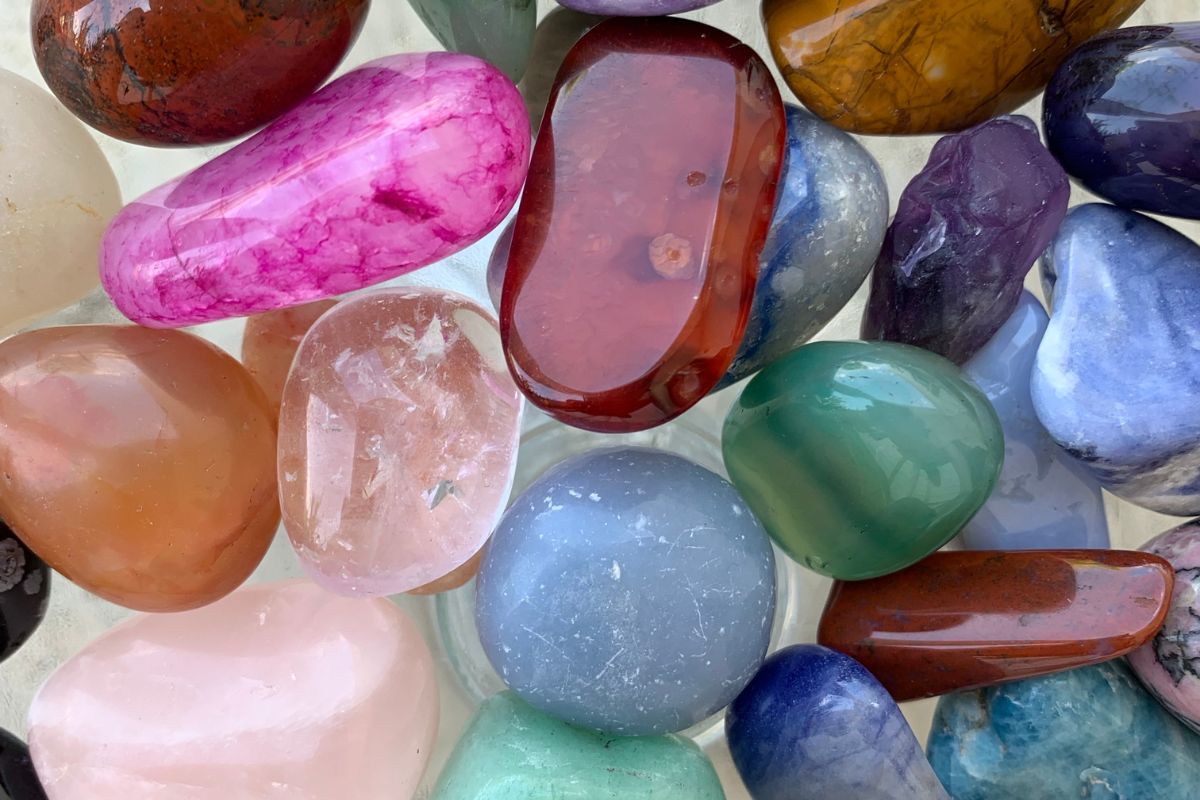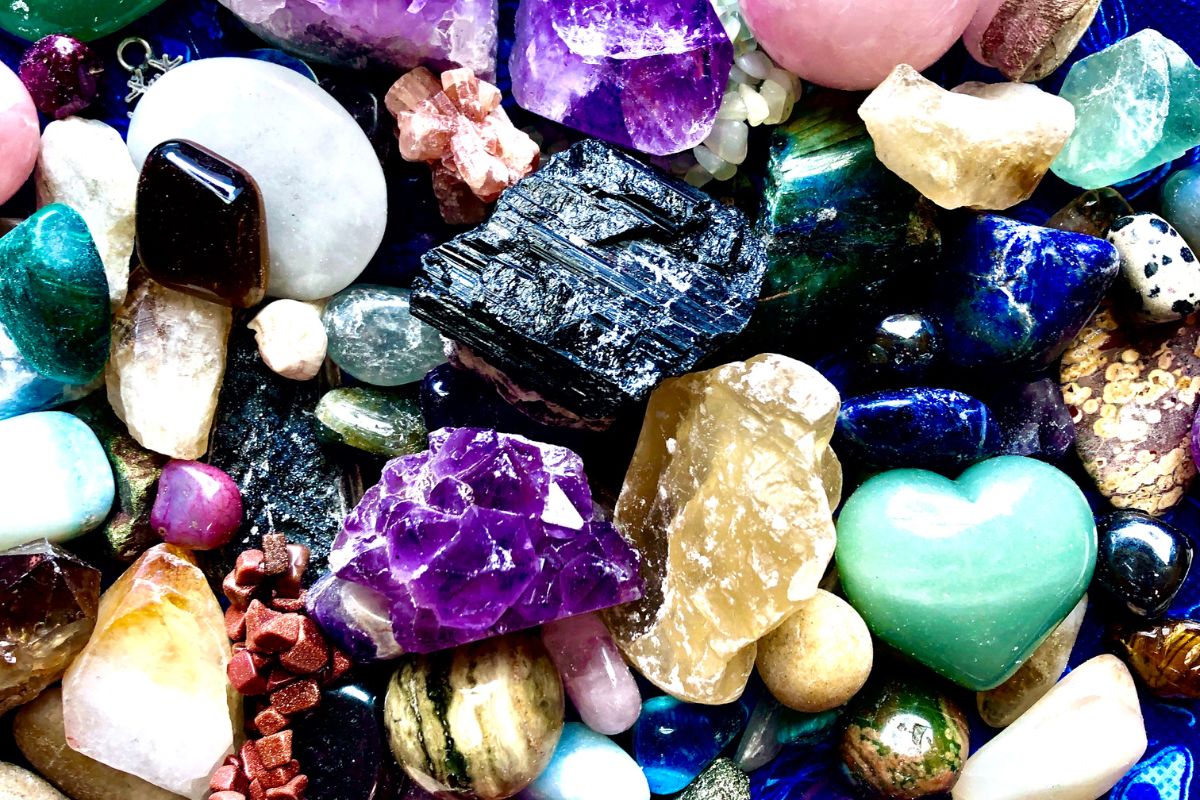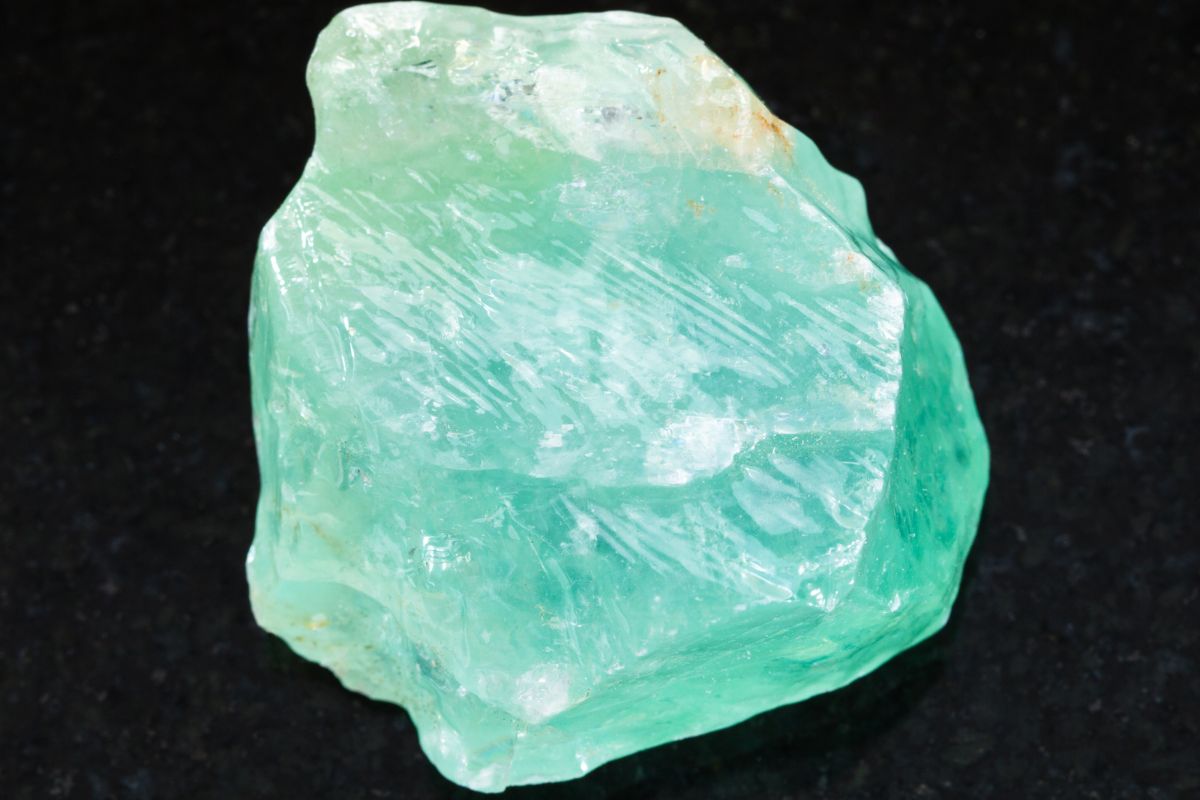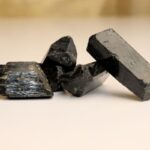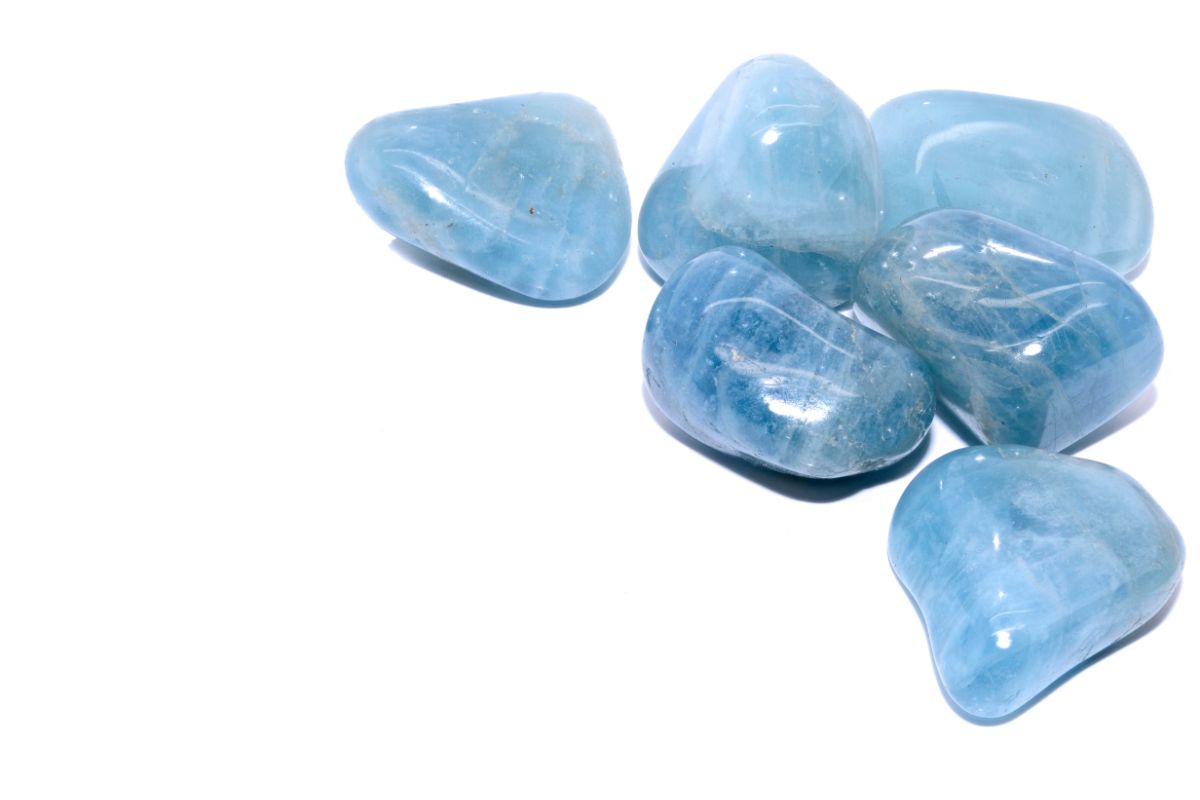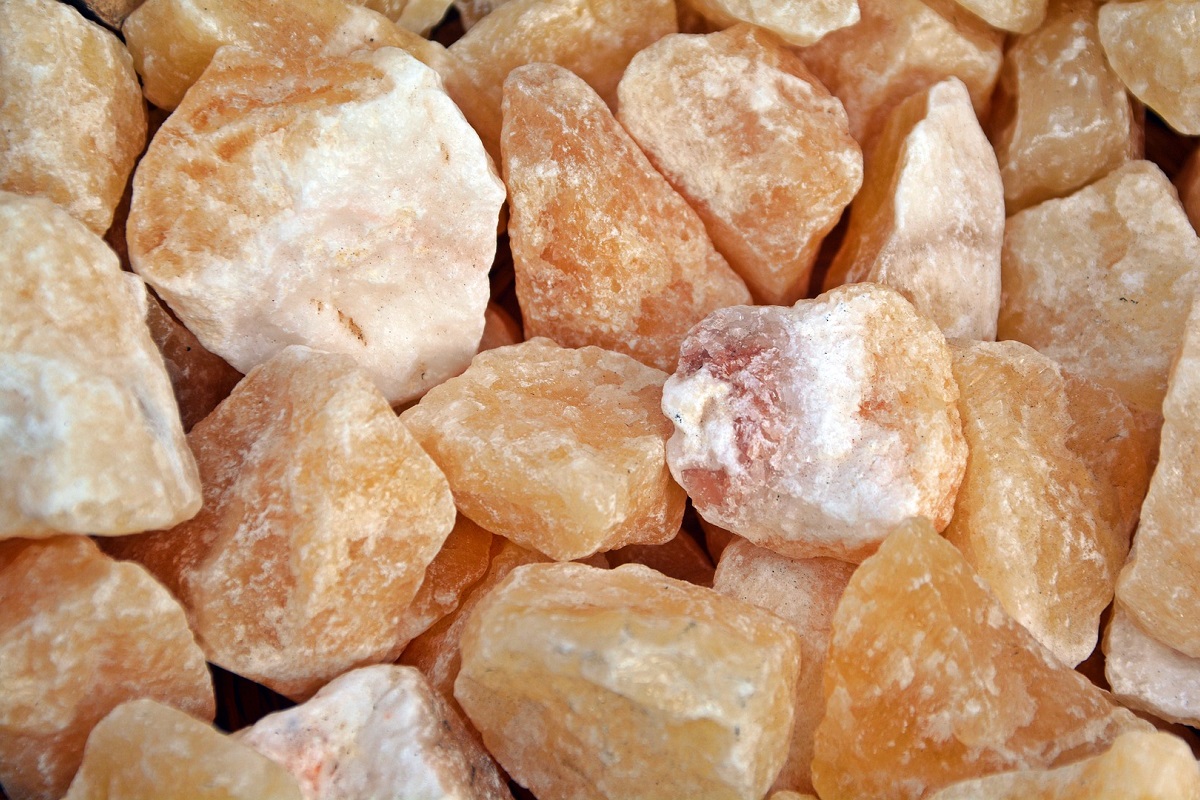Incense has been used for thousands of years for its aromatic and therapeutic properties. From ancient spiritual rituals to modern-day meditation practices, burning incense is a popular way to create a calming and soothing environment.
However, for those new to the practice, the process of burning incense can seem daunting and overwhelming.
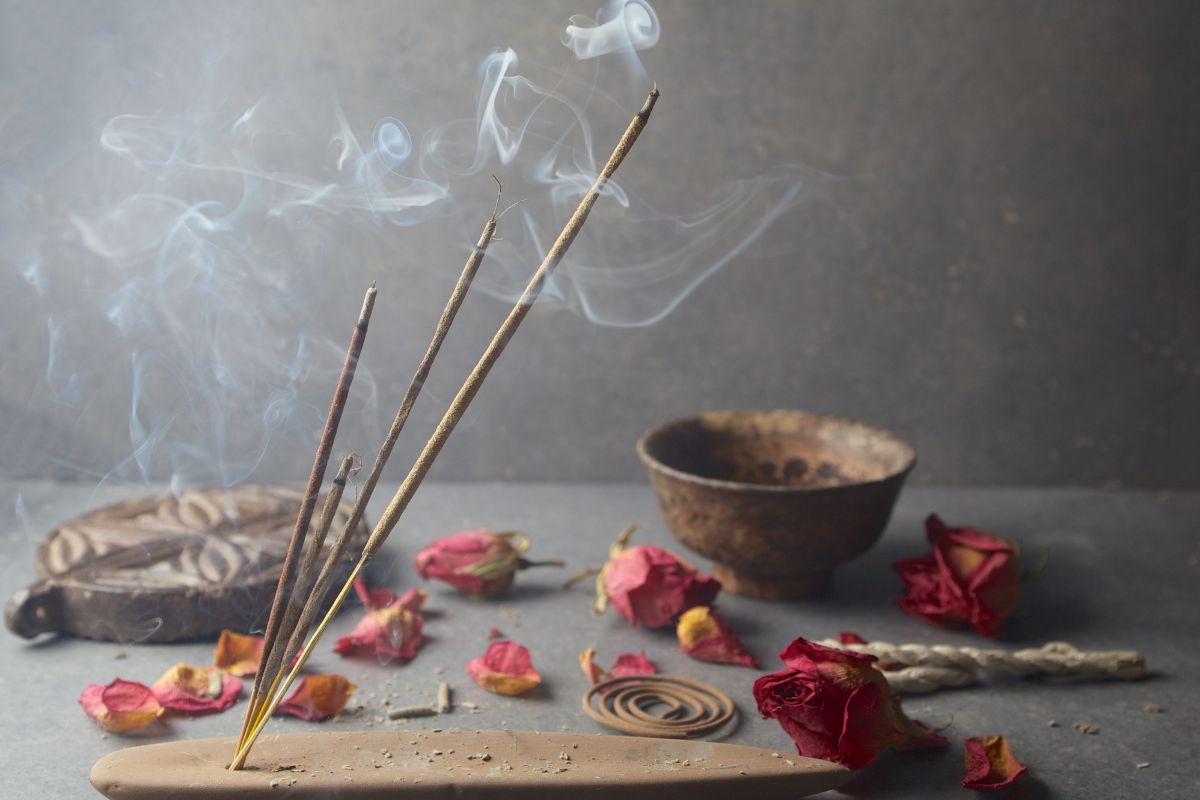
That’s why we’ve created this comprehensive guide on how to burn incense. In this article, we will explore the different types of incense and its benefits, as well as provide step-by-step instructions on how to burn incense safely and effectively.
Whether you’re interested in using incense for relaxation, spiritual purposes, or simply to freshen up your home, this guide will provide you with the information you need to get started.
We’ll begin by examining the different types of incense available, including traditional varieties such as sandalwood and frankincense, as well as newer blends that are designed to promote relaxation, focus, and creativity.
We’ll also discuss the various benefits of burning incense, such as its ability to reduce stress and anxiety, improve mood, and enhance focus and concentration.
Finally, we’ll provide step-by-step instructions on how to burn incense safely, including tips on choosing the right incense holder, lighting and extinguishing the incense, and avoiding potential fire hazards.
By the end of this article, you’ll have all the knowledge and skills you need to incorporate incense burning into your daily routine, and experience the many benefits it offers.
What Is Incense?
If you’ve never used, or even heard of incense before, then you’re probably wondering exactly what it is, so allow us to explain in further depth. Incense is a substance made from a combination of aromatic plant materials, which are typically burned to release fragrant smoke.
The word “incense” comes from the Latin word “incendere,” which means “to burn.” Incense has been used for centuries in religious ceremonies and spiritual practices, as well as for its therapeutic and medicinal properties.
The exact ingredients in incense can vary widely, depending on the type of incense and the traditions it comes from. Common ingredients include fragrant woods, resins, herbs, spices, and essential oils.
Some incense blends may also contain animal-derived ingredients, such as musk or ambergris.Incense is often burned in a special holder, such as a censer or incense bowl, which allows the fragrant smoke to disperse throughout a room or space.
How To Burn Incense?
So, let’s take a look at how you should burn incense in a safe manner:
Choose The Right Incense
There are many different types of incense available, each with its own unique properties and fragrances. Choose an incense that matches your intention, such as relaxation or focus, and make sure it is appropriate for the space you’ll be burning it in.
Choose An Incense Holder
Incense holders come in a variety of styles, from simple ceramic dishes to ornate censers. Choose a holder that is appropriate for the type of incense you’ll be burning and make sure it is stable and heat-resistant.
Prepare The Incense
Remove the incense stick or cone from its packaging and gently tap the end on a hard surface to loosen any excess material. Some incense sticks have a bamboo core that needs to be snapped off before use.
Light The Incense
Hold the incense stick or cone by the non-burning end and light the tip with a lighter or match. Wait a few seconds for the flame to catch and then blow it out.
Let The Incense Burn
Place the incense stick or cone in the holder and allow it to burn for a few seconds until you see a small ember glowing at the tip. If using a stick, gently fan the smoke to encourage it to spread.
Monitor The Incense
Never leave burning incense unattended. Keep an eye on the incense and make sure it doesn’t come into contact with any flammable materials, such as curtains or papers.
Extinguish The Incense
When you’re done using the incense, extinguish it by gently pressing the glowing ember into a heat-resistant surface, such as a bowl of sand or ash. Never extinguish incense in water, as this can create a mess and cause the incense to lose its fragrance.
The Benefits Of Burning Incense
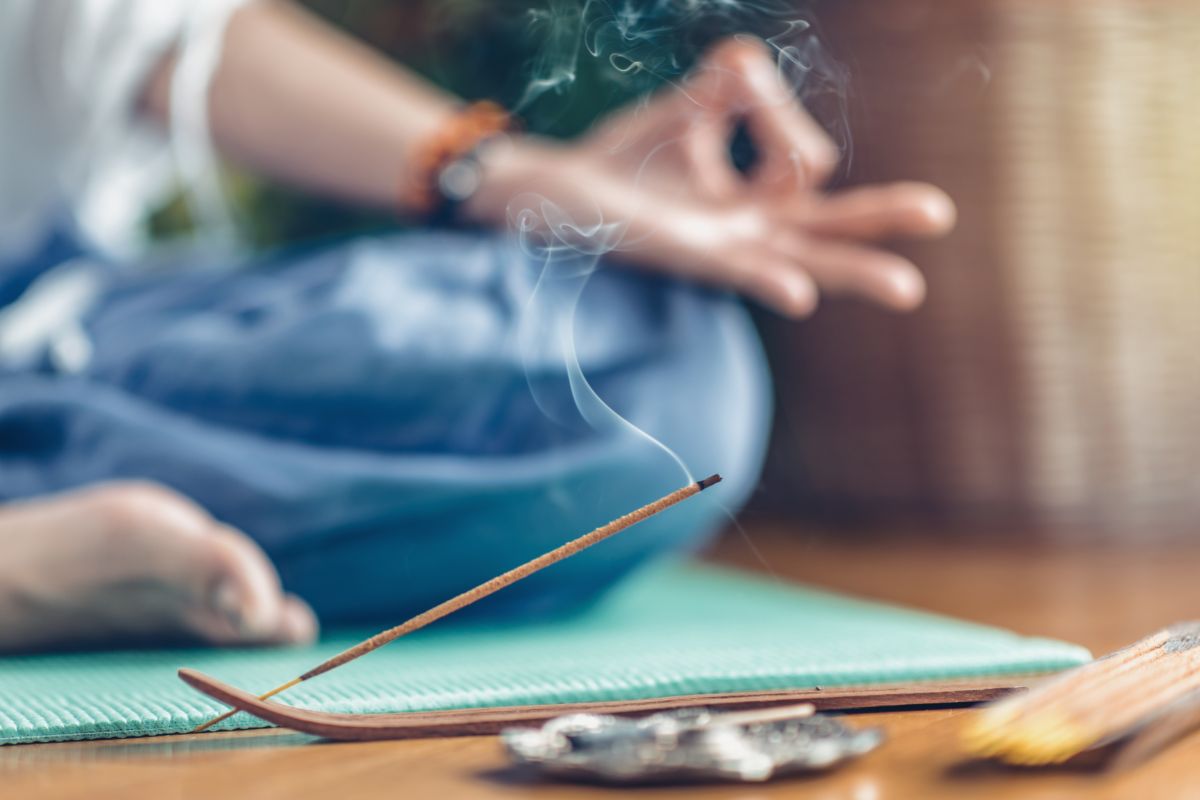
Burning incense has a variety of potential benefits, both physical and psychological. For many people, burning incense can be a powerful stress reduction tool, helping to create a calm and soothing atmosphere.
Certain types of incense, such as sandalwood and frankincense, are believed to improve focus and concentration, making them helpful for studying or other tasks that require mental clarity.
Burning incense has also been used in religious and spiritual practices for centuries, as it can help to create a sacred space and enhance one’s connection to the divine.
In addition, some types of incense, such as sage and palo santo, are believed to have cleansing and purifying properties, making them helpful for clearing negative energy and promoting a sense of peace and balance.
The fragrances of certain types of incense, such as lavender and jasmine, are believed to have mood-boosting properties, helping to alleviate feelings of depression or anxiety and promoting a more positive outlook.
Finally, many types of incense contain essential oils, which are known for their therapeutic properties. Burning these types of incense can help to alleviate physical symptoms such as headaches, congestion, and muscle tension.
Final Thoughts Section
In conclusion, burning incense can be a wonderful addition to your self-care routine. From stress reduction and improved concentration to spiritual practices and air purification, there are many potential benefits to be gained from burning incense.
It’s important to choose high-quality, natural incense and to burn it safely in a well-ventilated space. While many people find that burning incense helps to promote a sense of calm and well-being, it’s worth noting that some individuals may be sensitive to the smoke or fragrances.
If you experience any discomfort or adverse effects while burning incense, it’s best to discontinue use and speak with a healthcare provider.
- 15 Crystals That Cannot Be Exposed To The Sun - January 7, 2024
- Malachite Vs Fuchsite – Benefits And Uses - January 7, 2024
- Malachite Vs. Green Jasper: Benefits And Uses - January 7, 2024



